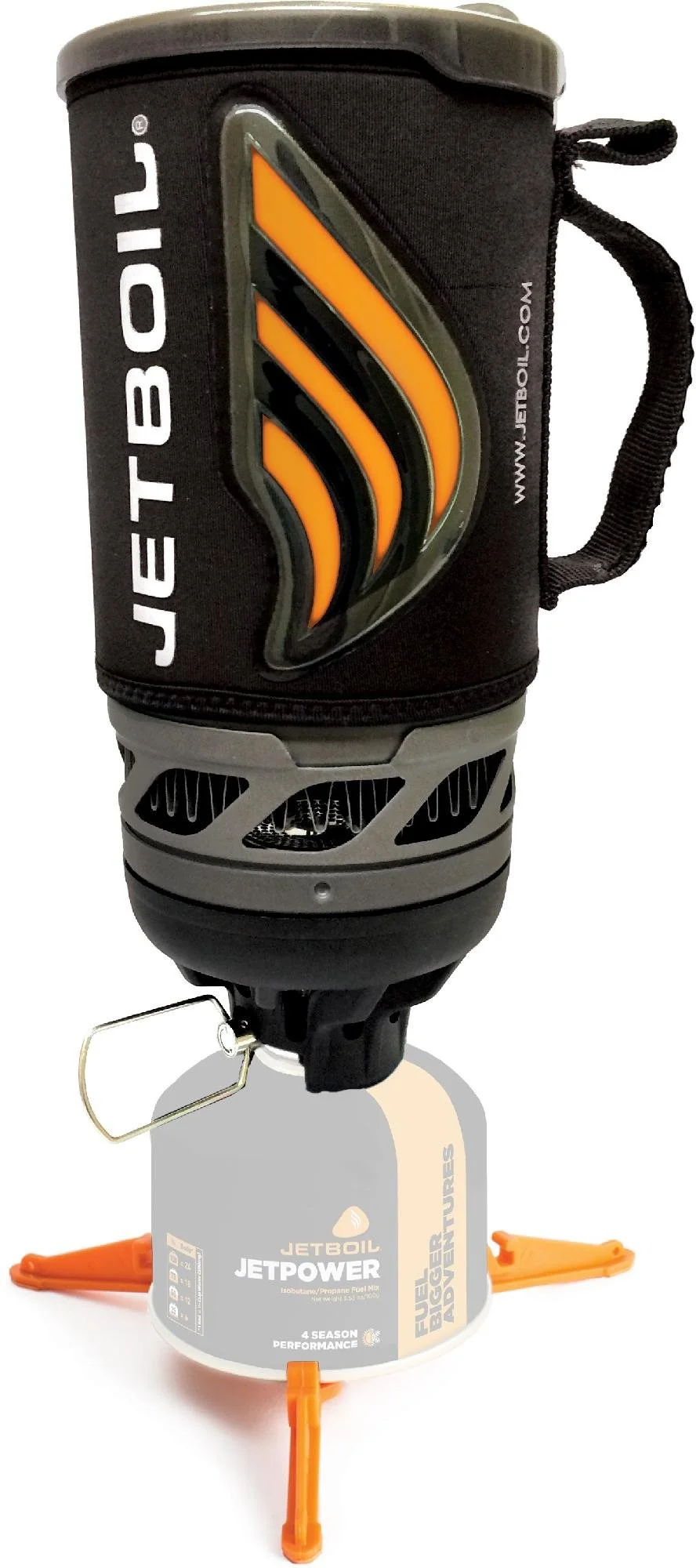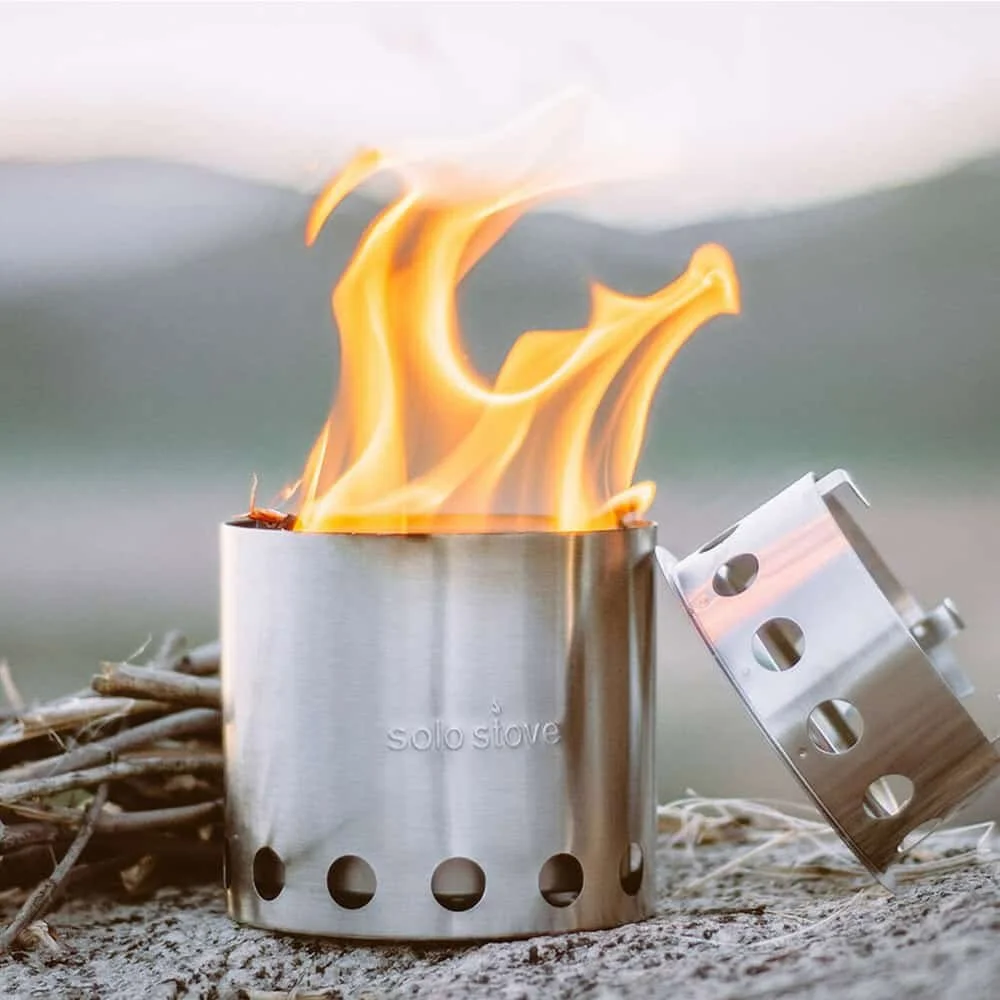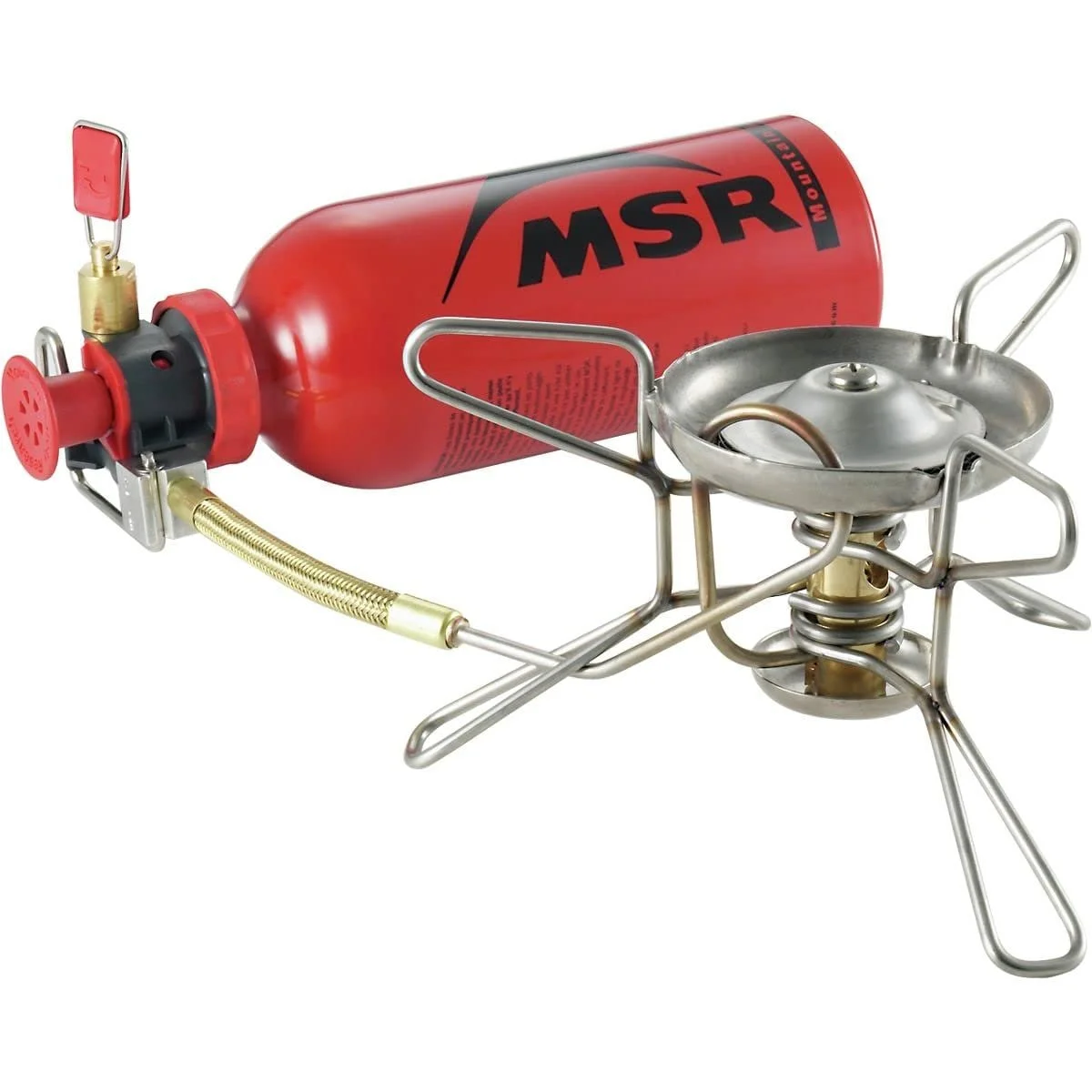Different Types of Backpacking Stoves
There is nothing that boosts morale more than a delicious hot meal at the end of a long day of hiking to camp. Choosing a stove that supports your needs largely depends on your trip goals.
Are you just looking for something that is light and compact just to boil water?
Are you cooking meals for large groups and think you might need a simmer option?
Are you traveling internationally?
Those are just some considerations to help you choose the best backpacking stove to invest in. Ultimately, your choice of fuel is really what decides which stove you will go with. There’s isobutane canisters, white gas, alcohol, and wood.
We’ll go over the 3 main backpacking stove types and the pros and cons for each.
Canister Stoves
Alternative Stoves
Liquid Fuel Stoves
Canister Stoves
This includes your MSR Pocket Rocket, Jetboil Flash and similarly designed stoves. They screw on to the threaded tops of isobutane canisters that you can purchase in small, medium and large sizes.
PROS:
Easy to use and convenient.
Largely available and reliable when taken care of.
Very compact and lightweight.
Reaches a boil quickly and most models have a simmer option.
CONS:
Not practical when preparing bigger meals for groups due to the small size.
Weak performance in cold weather.
Not environmentally friendly, canister disposal creates excess waste and you should really research where to recycle them rather than just tossing them in the trash.
It can be difficult to detect how much fuel is left in the canister.
May depressurize in cold weather and at higher altitude.
If you are just looking for the option to boil water you may consider a jetboil which is an integrative system. These stoves boil water in just 100 seconds. So if you plan to dehydrate your food or purchase freeze dried meals, this stove is all you really need. You can store your fuel canister in the Jetboil main compartment to save space in your pack.
They also make canister stoves that are free standing and have their own “legs”. There will be a fuel hose that you screw on the threads of your canister. These supposedly perform better in windy conditions and are relatively lightweight but do add a few ounces more than the other options. I’ve seen a lot of these on amazon for a very affordable price.
Alternative Stoves
Alcohol stoves and wood pellet stoves fall into this category. These aren’t as popular as canister stoves but have a niche following from the ultralight and thru hiking community.
I’ve seen some resourceful hikers make an alcohol stove out of a soda can. So if you’re looking to save money and weight this could be a good option for you. Toaks also makes an alcohol stove that weighs in at just 0.7 oz. Denatured alcohol is the fuel you would use and it’s very inexpensive to buy.
Solo Stove makes a lightweight wood burning stove. The benefit of this is you can use twigs, pine needles and dry leaves as your fuel which saves you weight and space in your pack. That can also present a challenge because you have to find fuel that is the right size and dry enough to burn easily.
PROS:
Ultralight weight and takes up little space.
The most affordable option, fuel is cheap if not free if you’re resourceful.
Environmentally friendly (no canister waste).
CONS:
Cooking can be more of a challenge with no simmer option and slower boil times.
You may run into a backcountry area that prohibits the use of open flame stoves.
Not appropriate for cold weather camping or windy conditions.
Liquid Fuel Stoves
The MSR Whisperlite Stove is the industry standard for guiding and outfitters because it is the most reliable and you have the versatility to cook big meals for large groups. You can buy white gas at almost any sporting goods store and it is cheaper per ounce than isobutane canisters.
If you have an adventure planned in another country the MSR Whisperlite International is a multi-fuel stove which will take white gas, kerosene and unleaded auto gasoline. This gives you more options while planning major trips abroad where fuel options may differ.
These stoves are tried and tested. With proper maintenance they will last for decades.
PROS:
Reliable & you can repair them in the field with the maintenance kit.
Multi-Fuel option.
Cheap fuel.
Great for cooking meals for large groups or in cold weather when you need to use a lot of fuel.
Versatile cooking- you can bake, sautee, fry and boil in the backcountry with this stove.
Environmentally friendly (no canister disposal).
CONS:
More expensive than other stoves.
You must clean and maintain equipment to keep it working properly.
Heavier than canister stoves.
Fuel spills are possible.
On my thru hike I used the MSR Pocket Rocket 2 Deluxe and I’ve had the same MSR Pocket Rocket since 2014. Although the downside is properly disposing of the fuel canisters, there are many places that will take them for you. There is also a way to refill those canisters yourself which will save you money and give you the convenience of using this efficient stove without the guilt of constantly tossing canisters out. For my personal trips when I’m doing big mile days it’s always going to be the MSR Pocket Rocket for me.
However, when I guide and take large groups of clients into the backcountry I use the MSR Whisperlite because it’s easier to cook big meals and it uses fuel more efficiently so I can keep water boiling for guests. I also take this out when it’s a low-key casual trip for my friends and I because we’ll get a little more elaborate with our meals and this stove is awesome for that.
I hope this gives you the background knowledge of information you need when choosing a backpacking stove. Cooking in the backcountry doesn’t have to be hard or complicated. Just make sure you practice how to use your new stove before heading out so you can feel confident making dinner with ease.
Happy Trails !






